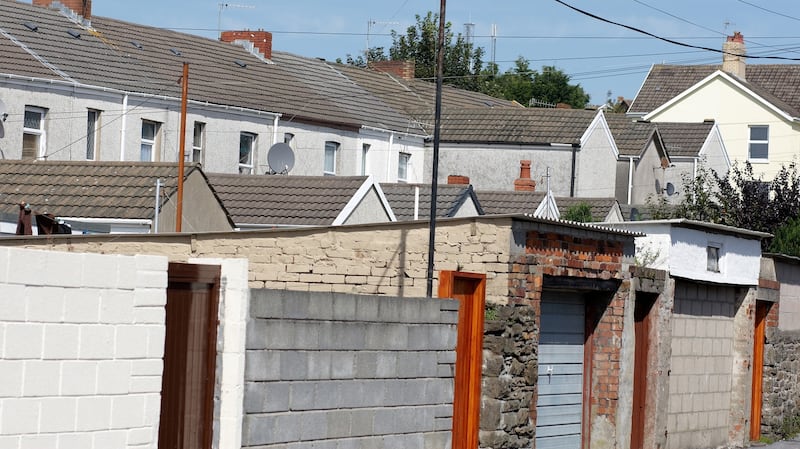I’m wondering if you could provide some assistance relating to planning permission. You have answered some questions in the past related to granny flats and self-contained units, but none that I can see related to separating a dwelling for family use.
My mother has a three-bed semi-detached house in Dublin. The attached garage had been renovated before we moved in 20 years ago to facilitate a kitchen and bedroom. This area is connected to the rest of the house by an internal door and doesn’t have its own access.
Our plan is to put an external door on the front of this garage area, install a small bathroom and relevant amenities to convert to a studio and have my ageing mother live in this part of the house. The complicated part is that we want to seal off the door that currently allows access from this area to the rest of the house. My wife and I would then live in the rest of the house, and we would have privacy between us and my mother.

The house would ostensibly still be a single unit, with all utilities still connected, but there would be an access to the main house and another access to the studio, and internally there would be no doors between the two.
My question is whether planning permission is needed for such works, if the purpose of the works is to make this area self-contained, but used by a relative and the owner of the house? If all the works are internal, except for an extra door in the front of the house, how would this be monitored by the local council?
I’ve been consulting with architects and contractors to get answers before kicking off the planning process, but I’m getting conflicting answers.
Noel Larkin writes: All development needs planning permission unless specifically allowed as being exempt in the Planning and Development Acts. It must be established therefore if what you are proposing is classed as development or is permitted without the need to apply for permission.
The existing situation you describe is not a simple garage conversion as a separate connected living space or granny flat is provided. This would have required planning permission before the works were carried out 20 years ago. You should check to see if this was granted in the past.
You need to decide if the studio is 'standalone' or is a granny flat and is 'ancillary' to the main house as the answer depends on this
Use by a relative or family member, without being classed as a standalone dwelling, means for all intents and purposes the space can be referred to as a granny flat. However, full separation by blocking interconnectivity would not be permitted. There is a reduced requirement for granny flats in terms of private open space, car parking and the like as the existing house provision can be counted.
If setting out to have a full standalone property a different set of requirements apply with the existing provision discounted. The conflicting answers you have obtained are not surprising. You need to decide if the studio is “standalone” or is a granny flat and is “ancillary” to the main house as the answer depends on this.
If standalone, a new planning application will be required. If ancillary to the house, this will not need planning for the internal alterations you propose but the connection between the house and studio should remain. This is also dependent on the development as it stands having been granted planning permission in the past. If this has not been obtained, an application for retention permission would be needed.
Start by checking the current status of the property on the planning register. The existence or not of planning for the granny flat conversion will dictate the route forward for you. Where proposed "use" is open to interpretation, and because you have already had a number of conflicting answers to this question, I would recommend that you clarify this with the local planner and perhaps make a section 5 application if there is any confusion as to whether the works are exempt. This will give you clarity.
Noel Larkin is a chartered building surveyor and a member of the Society of Chartered Surveyors Ireland















